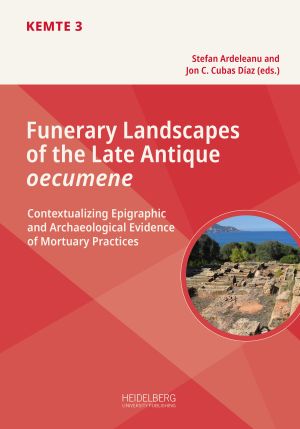Zitationsvorschlag
Lizenz (Kapitel)

Dieses Werk steht unter der Lizenz Creative Commons Namensnennung - Weitergabe unter gleichen Bedingungen 4.0 International.
Identifier (Buch)
Veröffentlicht
Architecture and Decoration of Late Antique Tombs in the Diocese of “Thracia” and Eastern “Illyricum”
Abstract The aim of this article is to present a survey of the funerary monuments commissioned by the members of the well-to-do strata of Late Antique society in the Balkan provinces of the Roman Empire, with regard to both architecture and decoration. While this scope may prove ambitious, an attempt to give an idea of the cultural phenomena and developing ideas, ideals and art forms in this broad region of the empire, which has its general idiosyncrasy notwithstanding inevitable local peculiarities, seems nevertheless well-timed. The monuments are innumerable, and the relevant publications countless as well – mostly summaries focused on the monuments in a specific modern country. In this article the emphasis is laid on the evidence from Romania, Bulgaria, Greece, Serbia, and North Macedonia. The funerary monuments of Hungary are also discussed because of the shifts in the administrative policy of the Empire, and, importantly, because of their intermediary place between the funerary customs and art of Rome/Italy and the Balkans. Therefore, the chosen method is to describe some main architectural types and iconographies of the funerary monuments, rather than to comment on the achievements and the shortcomings of their publication and interpretation. This contribution, brief as it may be, should be considered as an invitation to scholars working in the field of funerary contexts to consider the evidence from the Balkan provinces, recognizing its characteristics and differentiating, if possible, between the local traditions and the influences coming from both East and West.
Keywords Balkan provinces of the Roman Empire, Late Roman funerary architecture, Late Antique iconography, Roman mausolea, mausolea in private estates, martyria






